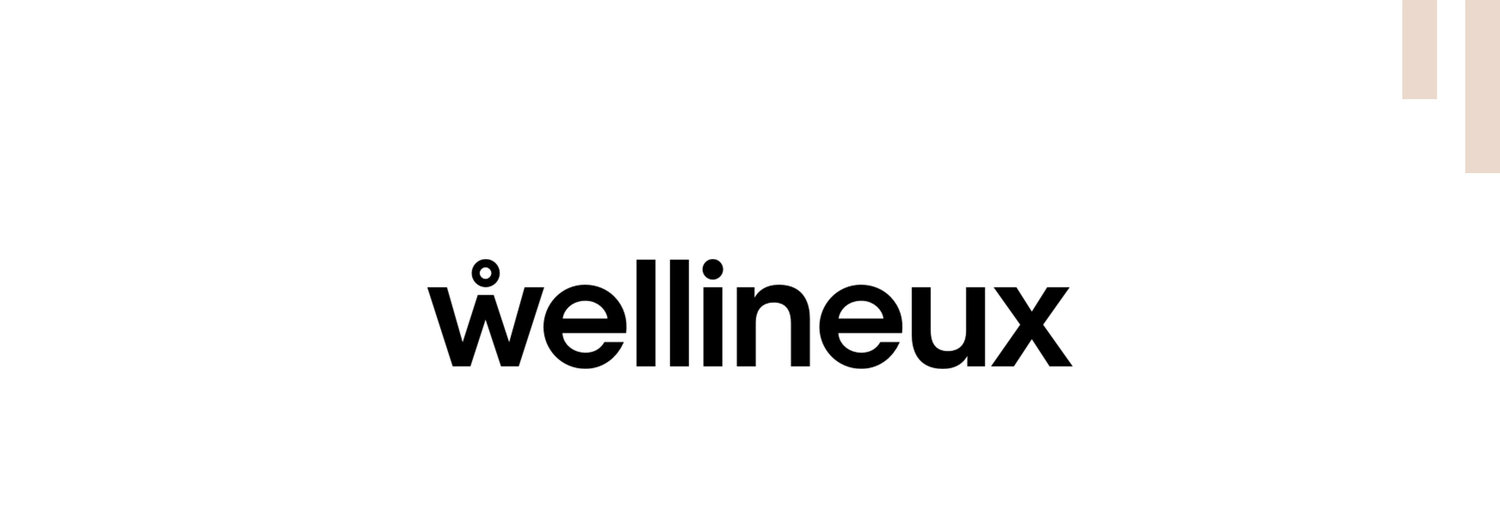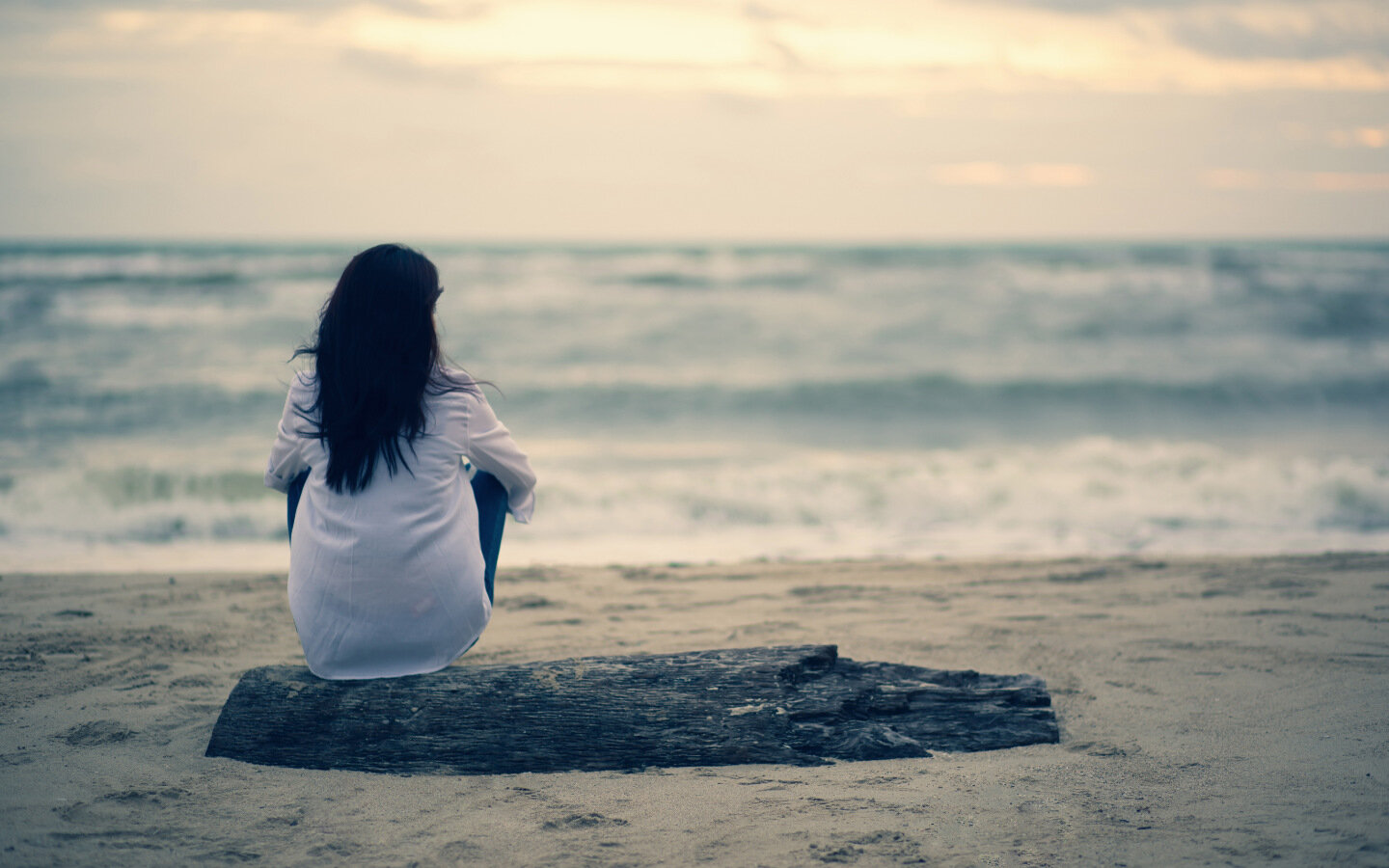Mastering Flow
/Flow is an optimum state of consciousness when we feel our best and perform our best. It’s built into the human design and every single one of us has access to flow, despite how illusive it can feel at times. In flow we are up to 500% more productive (McKinsey), 430% more innovative (University of Sydney) and have 200-400% increase in learning and memory (DARPA).
Unknown to many, flow is a four-stage cycle that was defined by Harvard Researcher Herb Benson. Whilst we want to go straight to flow, we can’t short cut the process and need to go through each stage to get to the next. At each stage our neurochemistry changes and sets us up nicely for what lies ahead.
If you want more flow in your life – it’s a no brainer - then the great news is that flow is trainable. If you know where you are in the flow cycle you can start to know what you need to do next to get you into flow.
One of the stages of the cycle we resist the most is the last stage; recovery. Flow is a high energy state and we need to recover if we have any chance of getting back into flow. Yet how many of us prioritise recovery?
When our drive to accomplish our goals is fierce, we tend to overlook recovery and push on even harder when our output declines. This results in us stacking endless periods of work on top of each other without sufficient recovery and we wonder why it feels so hard and the results aren’t what we desire.
If we attempt to keep expending mental energy without making time to recover, we get hit by the law of diminishing returns. We’re not even able to return to our baseline performance, let alone see any gains and flow feels frustratingly illusive.
Research shows us that if we want our performance to move in an upward trajectory over time, what we are aiming for is rapid cycles of energy expenditure and recovery. These cycles have been termed rhythmic oscillation by Loeher and Schwartz who say, “chronic stress without recovery depletes energy reserves, leads to burnout and breakdown, and ultimately undermines performance.”
It is the same with athletes, if we attempt to keep stressing our muscles without recovery it results in declining performance, exhaustion and increased risk of injury. Ultimately just like our minds, the muscles don’t have the time to increase in strength and performance declines.
So how do we recover? Ultimately there’s two types of recovery. Passive recovery allows the body to take its own time to recover whilst active recovery accelerates the process and gets you to the starting line re-energised faster. So rather than considering watching Netflix or scrolling on the internet, the best recovery requires you to do something. Although this can be hard when the couch looks so appealing, the impact on your ability to get into flow is the prize that awaits you.
There’s many active recovery options to pick from foam rolling, breathwork and a hot bath to stretching, sleeping or immersion in nature and the key is to make it a daily habit.
When you bake recovery into your life as a non-negotiable you are literally fuelling flow and, in that state, who knows what might be possible?








































